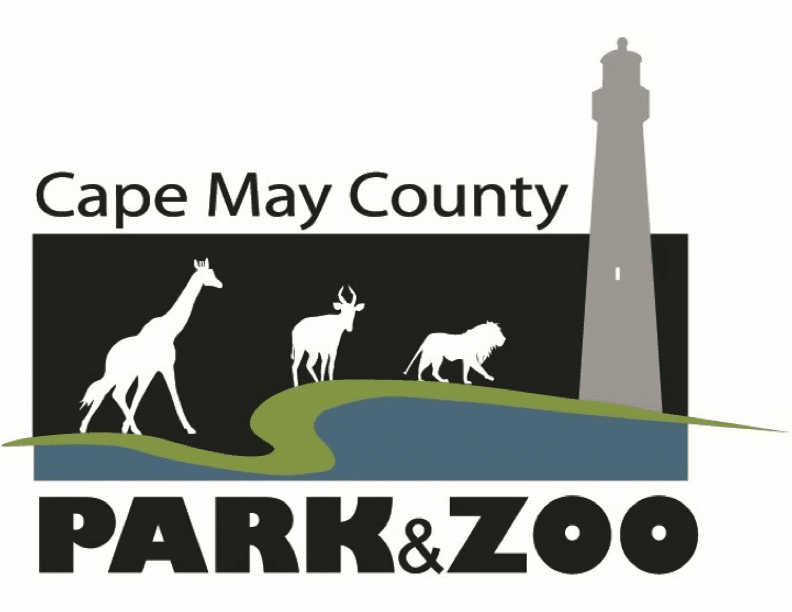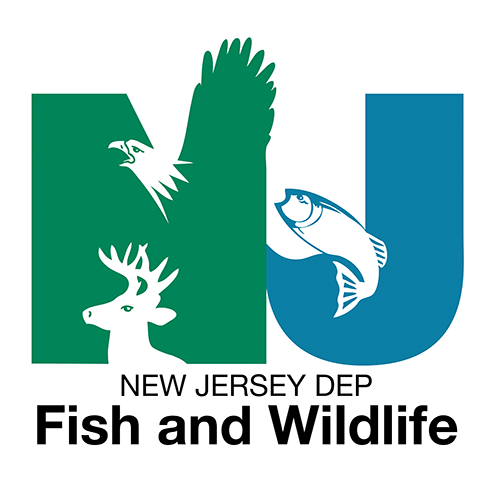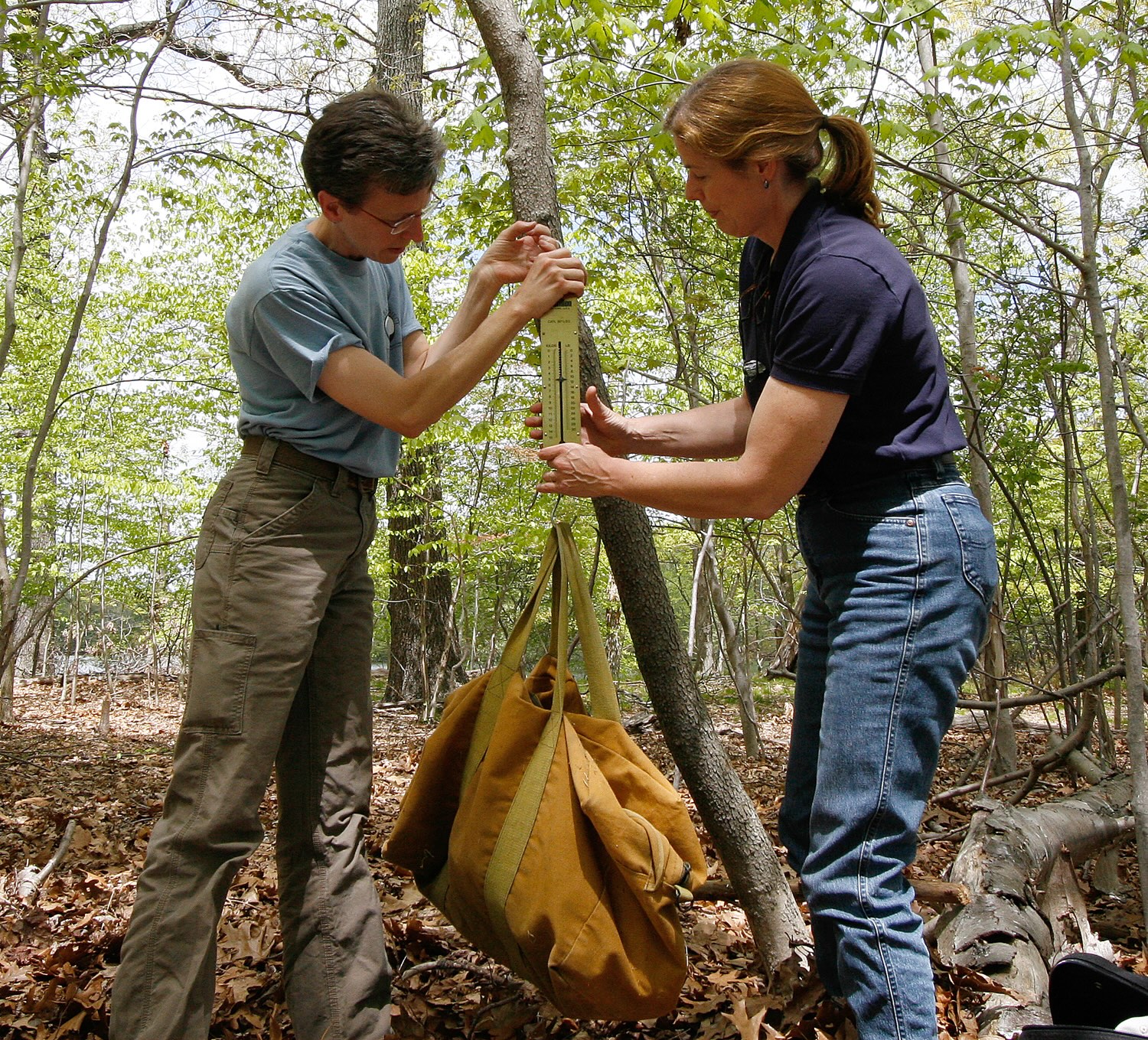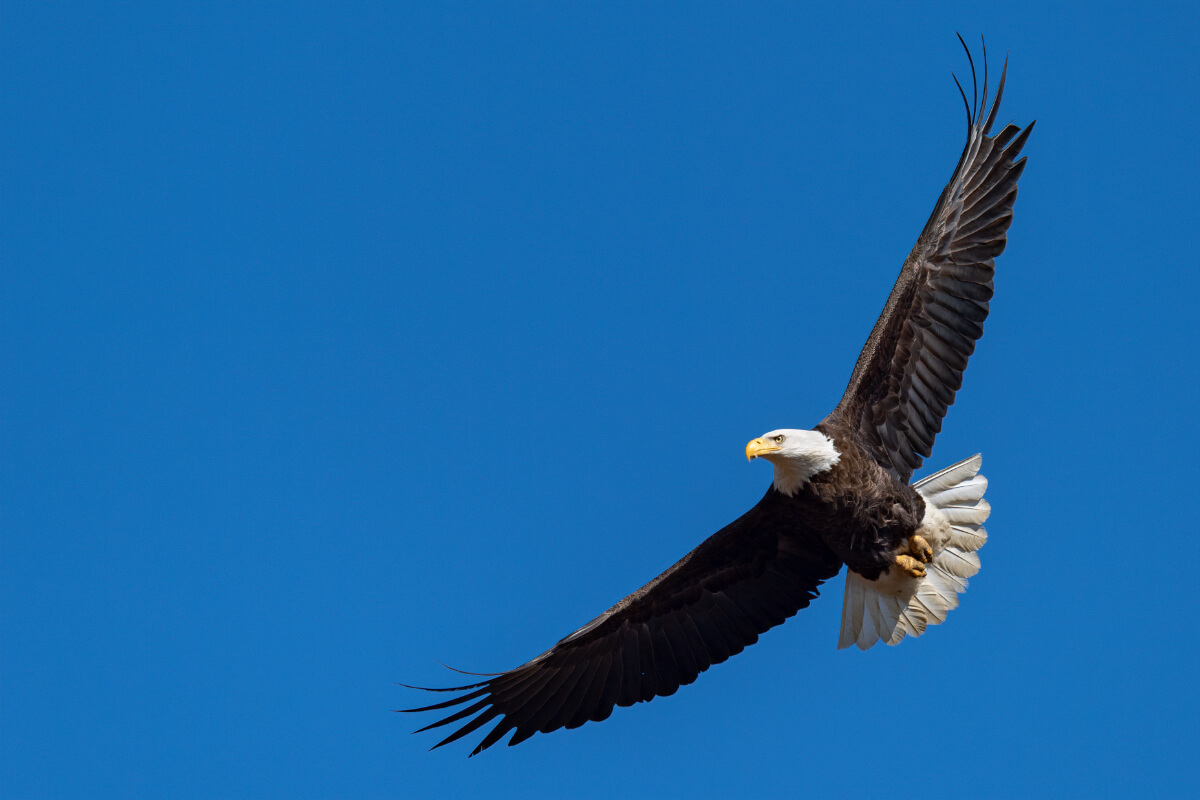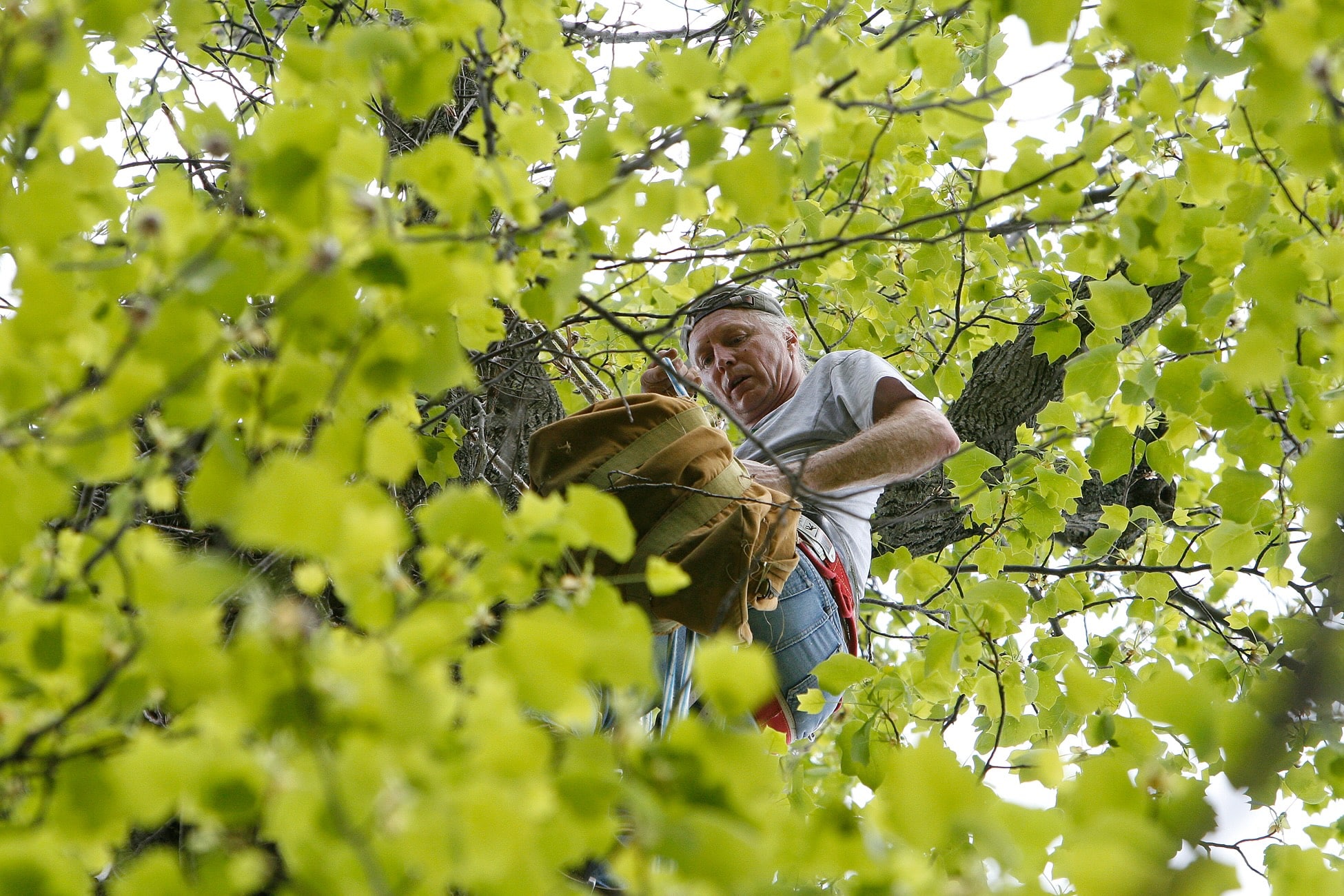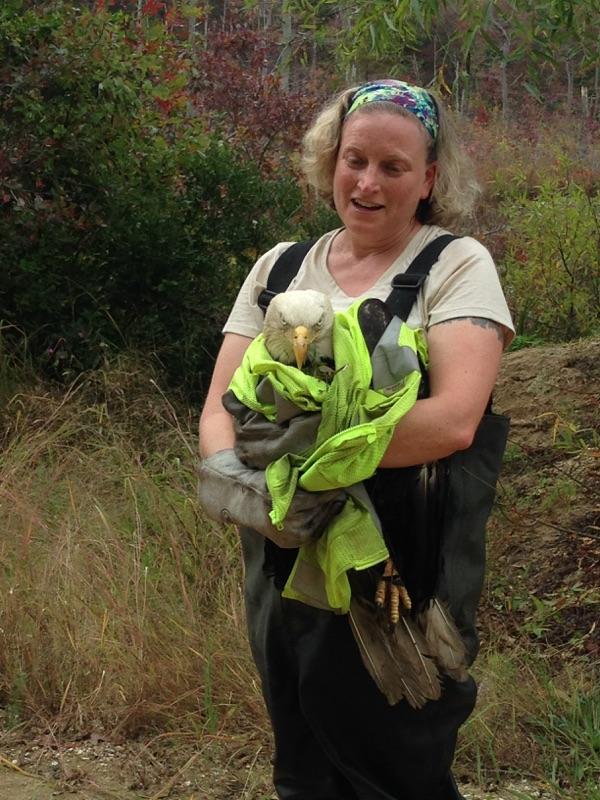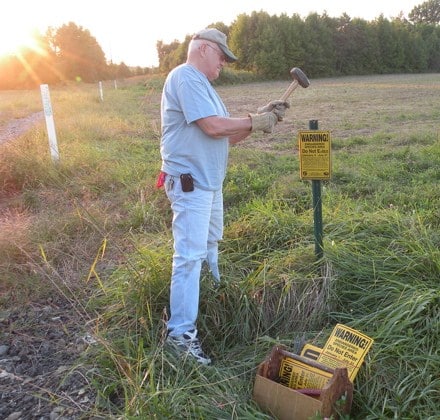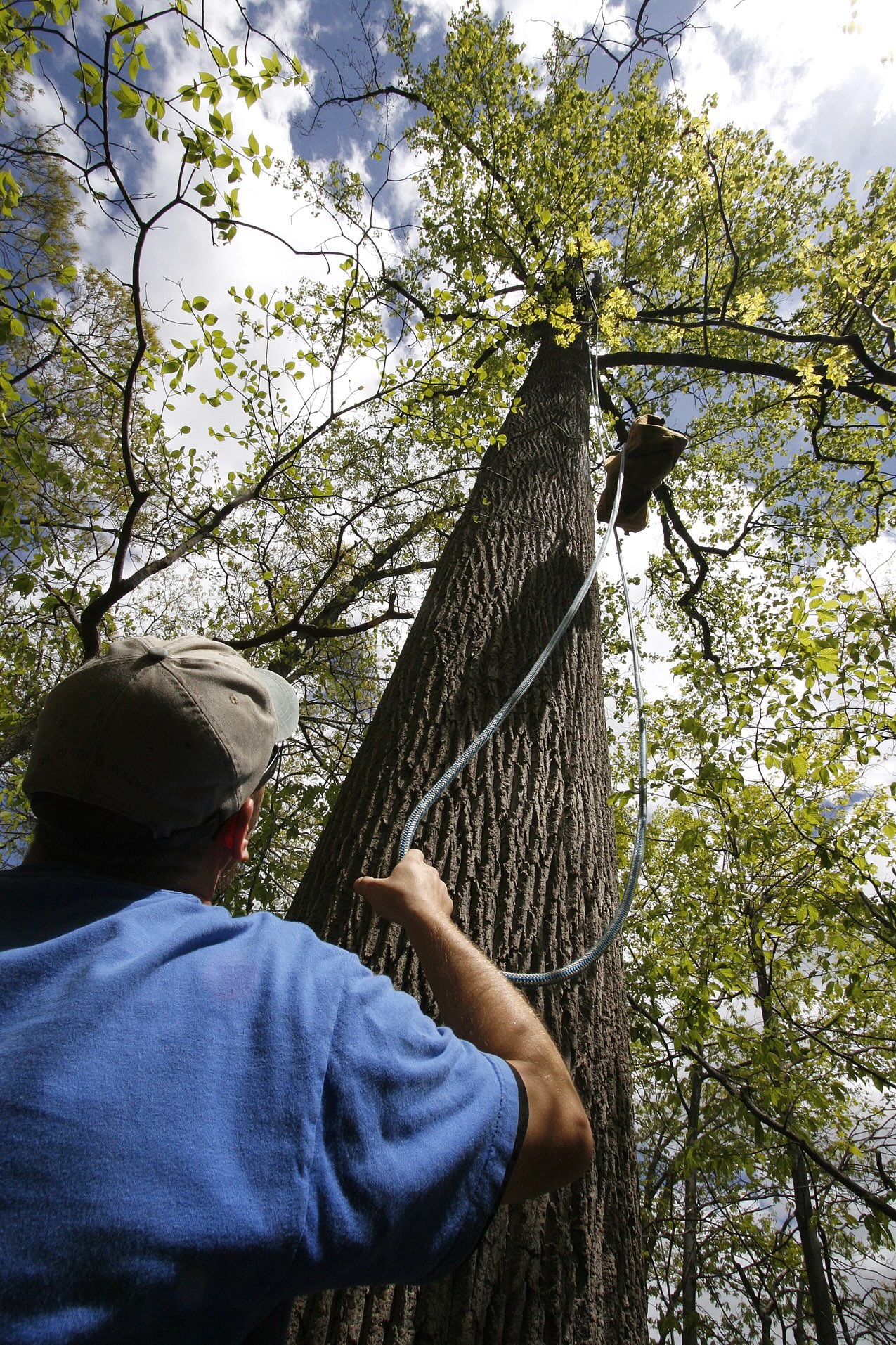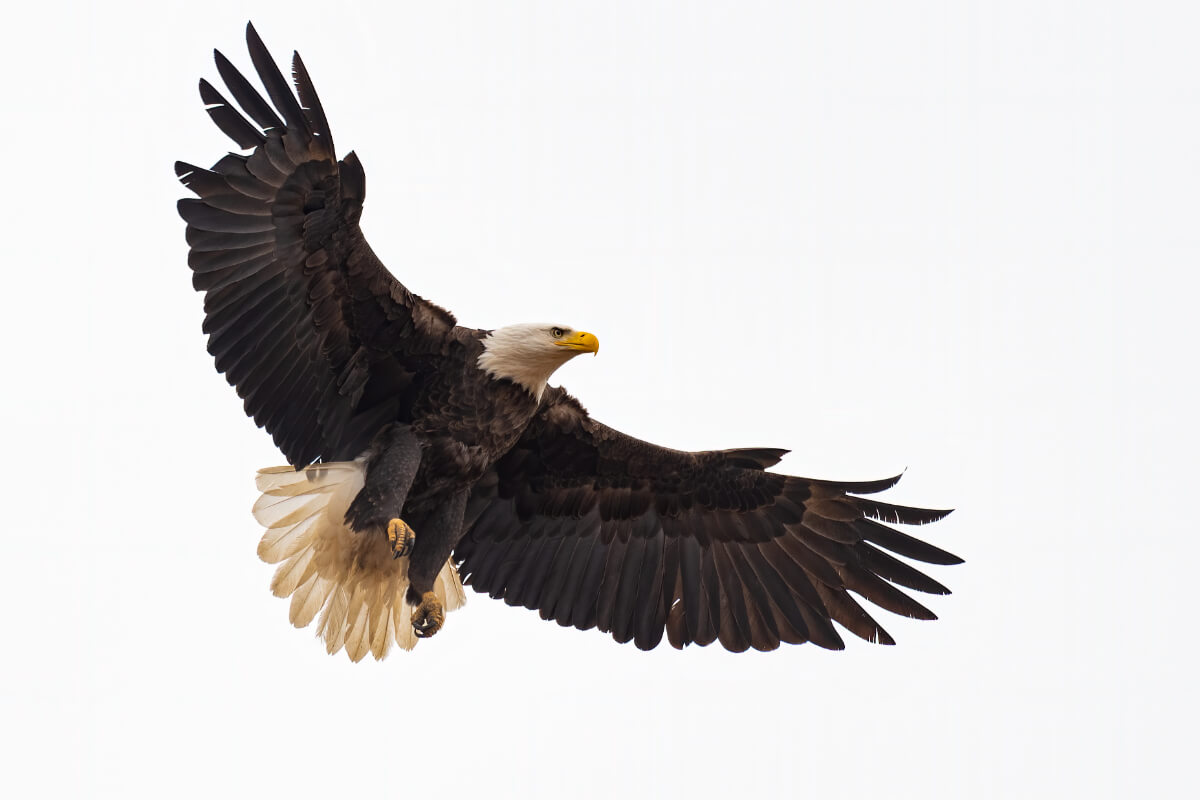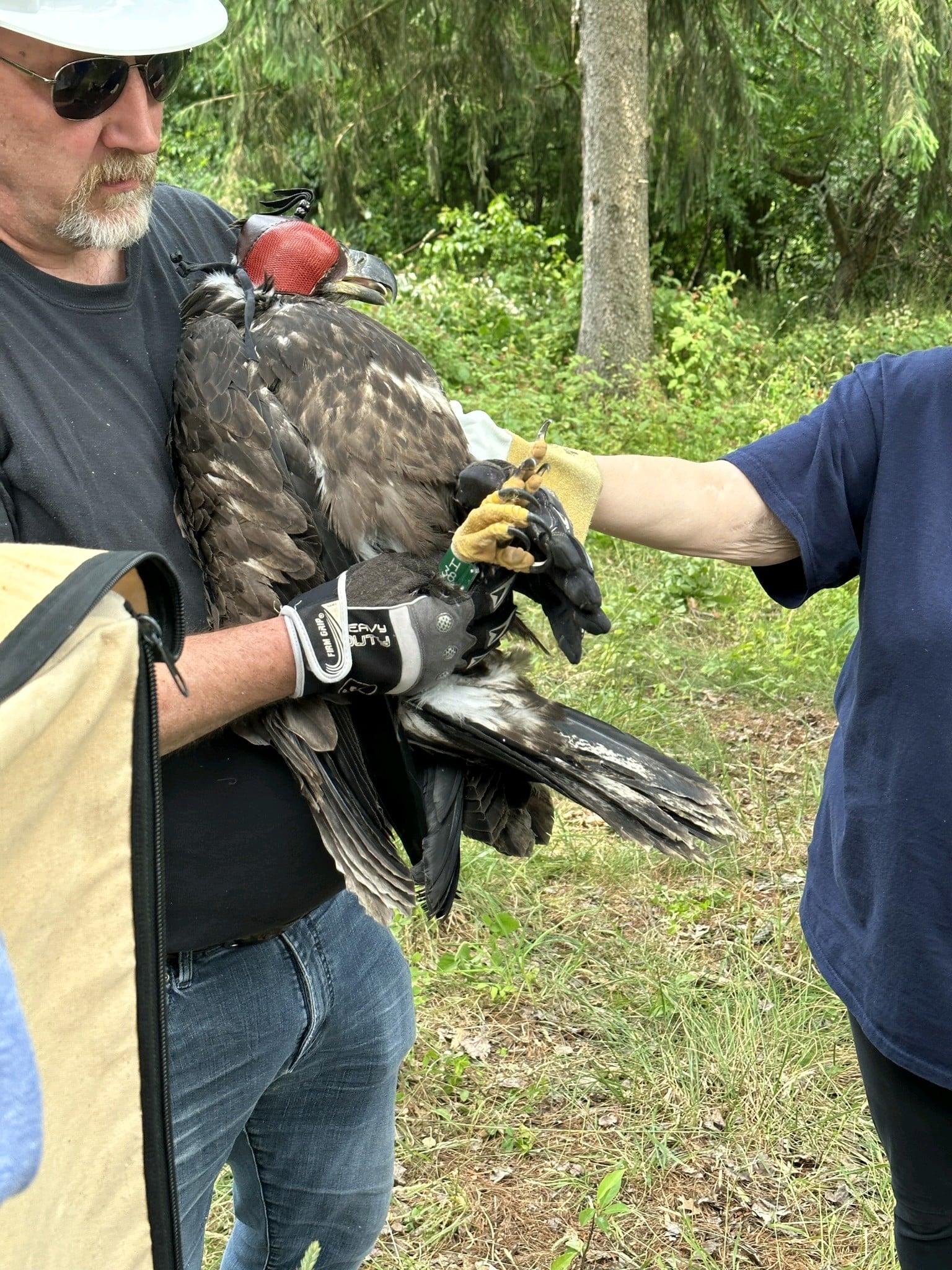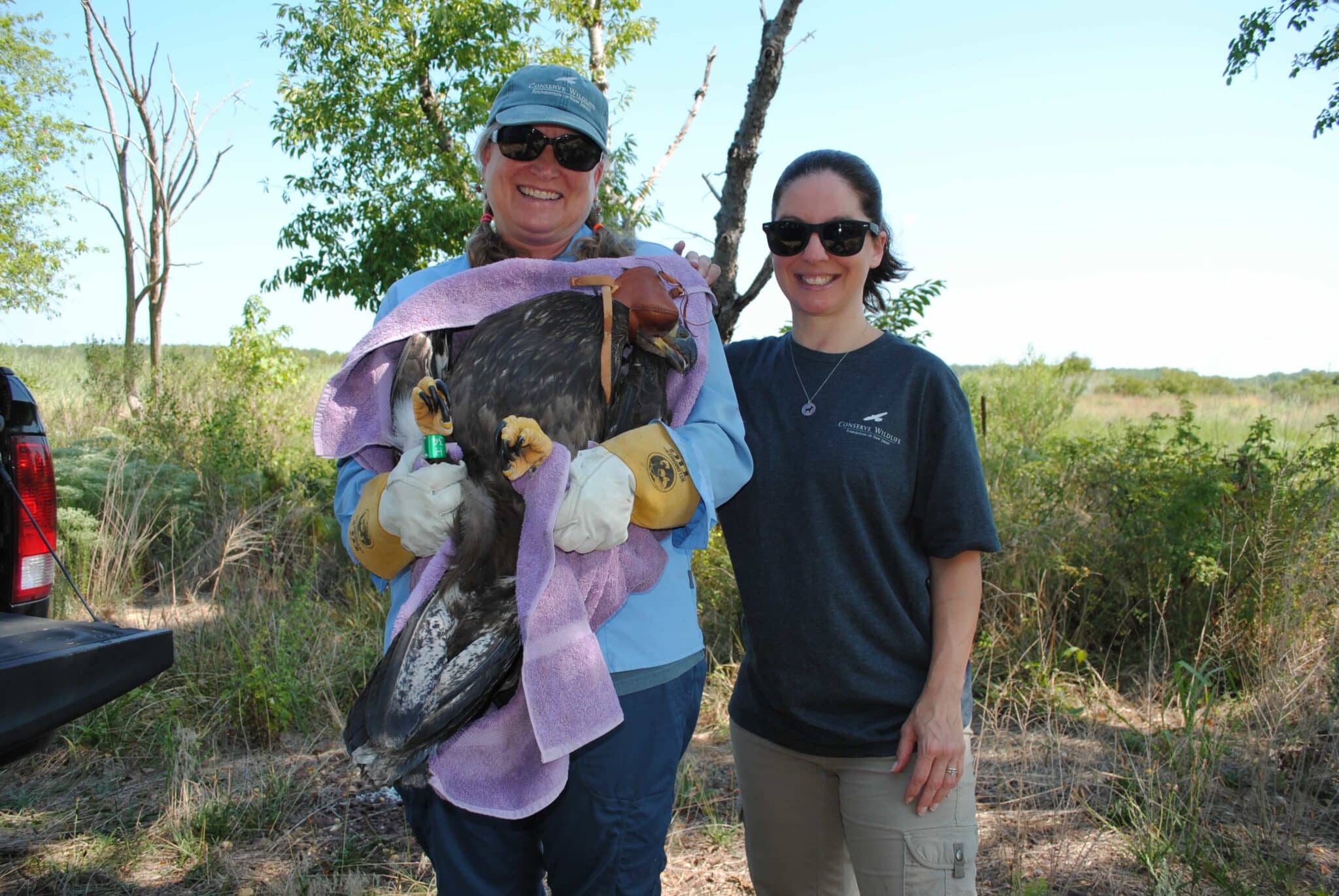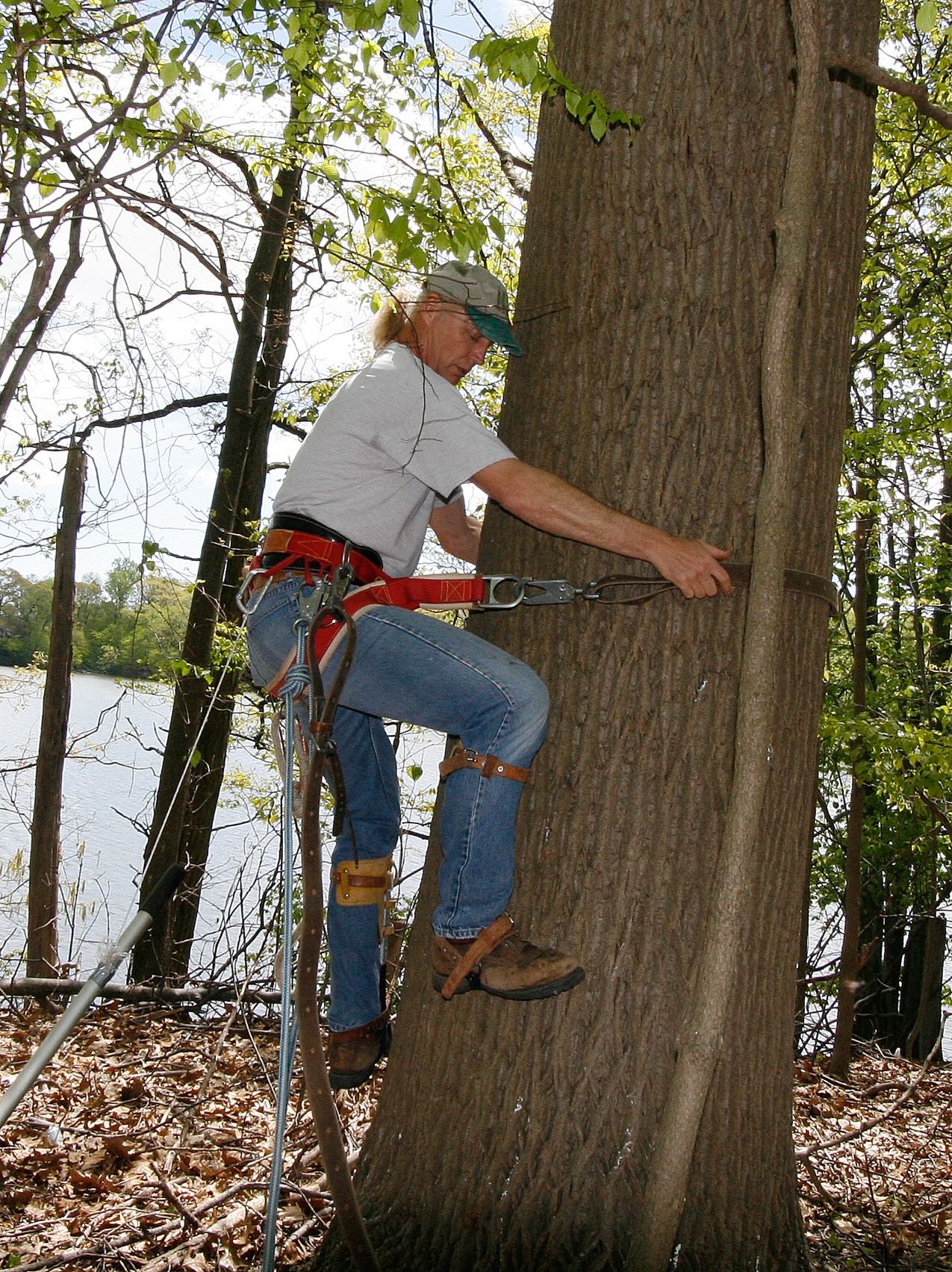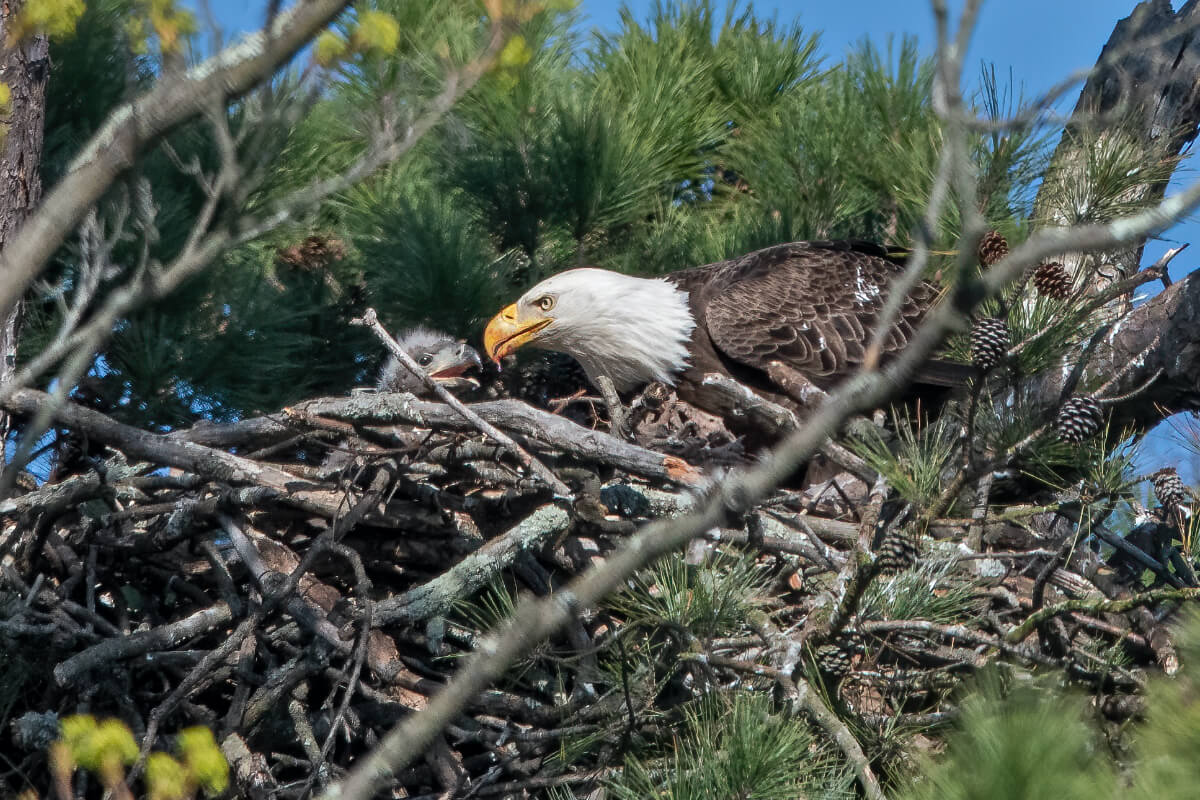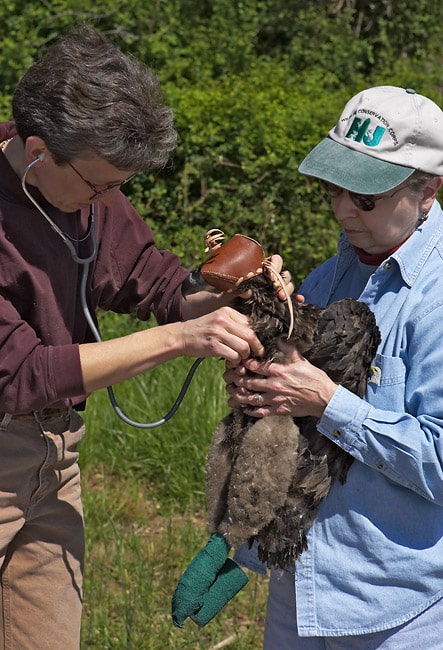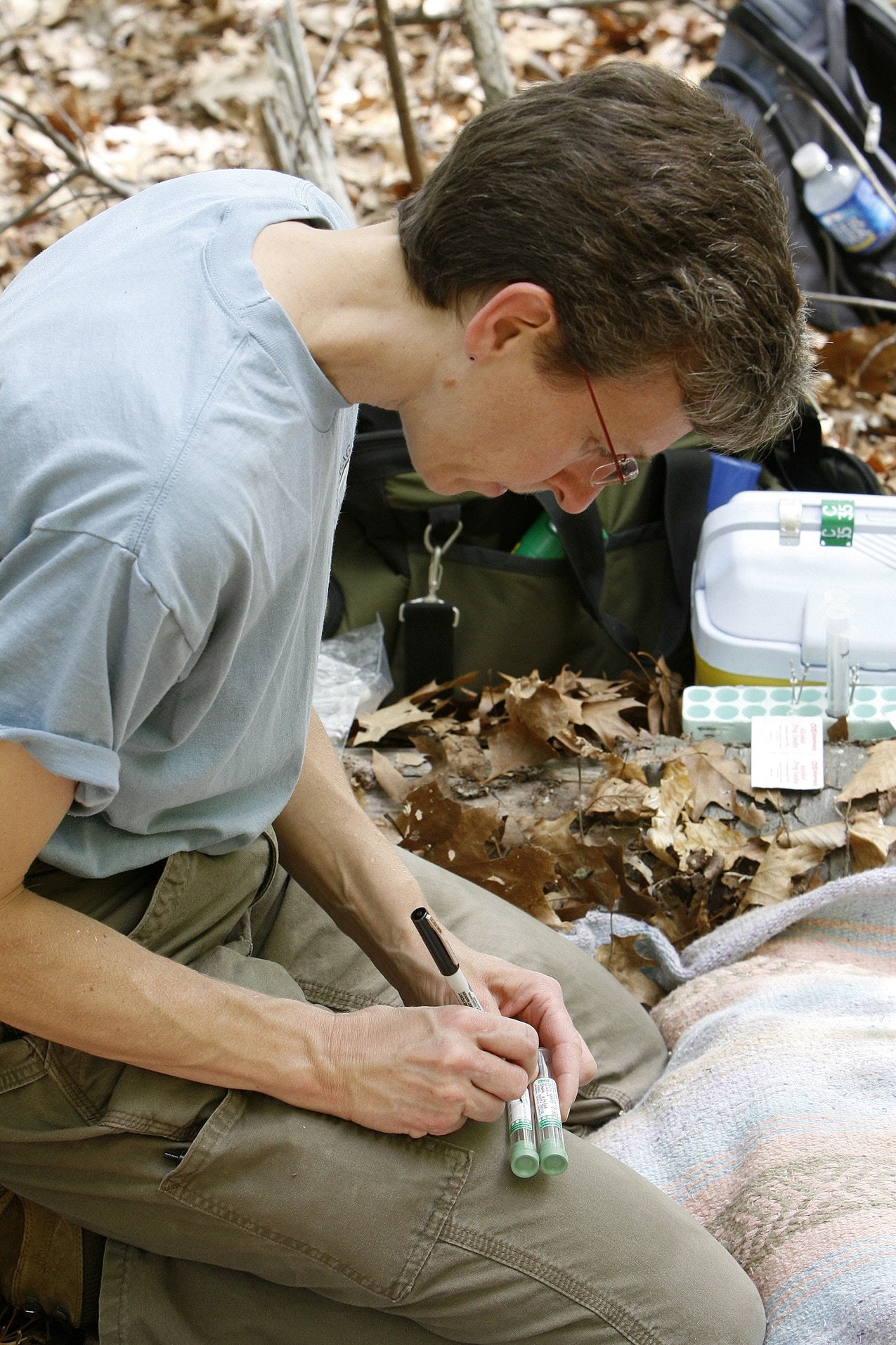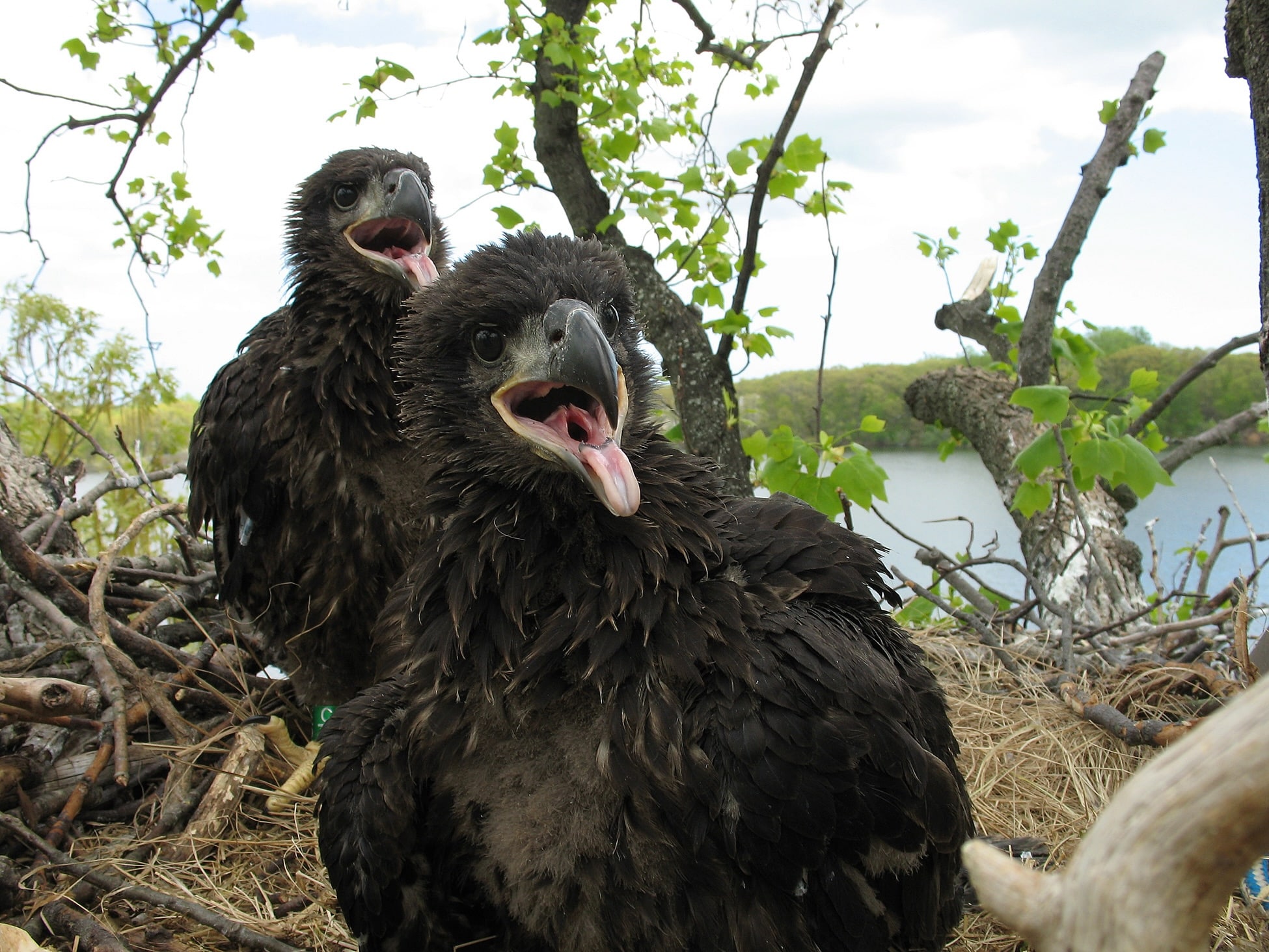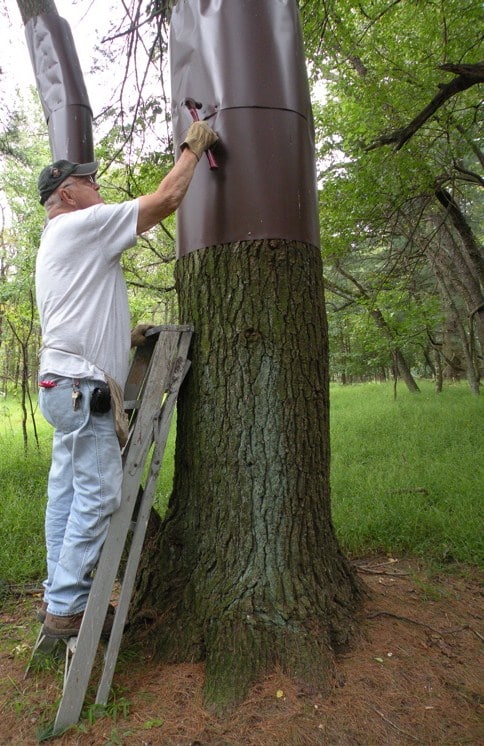Bald Eagle Project
Randy Lubischer
Conservation efforts for our national bird in the Garden State
Why It Matters
New Jersey’s bald eagles represent one of the most inspiring wildlife recoveries in the nation.
As a result of the use of the pesticide DDT, the number of nesting pairs of bald eagles (Haliaeetus leucocephalus) in the state declined dramatically. In the 1970’s and early 1980s, only one lonely bald eagle nest remained in New Jersey – and that nest had failed for several consecutive years. The banning of DDT in New Jersey in 1968 and federally in 1972, combined with stronger water laws, early restoration efforts by State biologists, and the huge number of hours invested annually by volunteers of the NJ Bald Eagle Project, to lead to the successful re-establishment of eagles in New Jersey.
Since then, our bald eagle population in New Jersey has risen from only one active nest in 1982 to 264 active nests in 2024!
Conservation Efforts
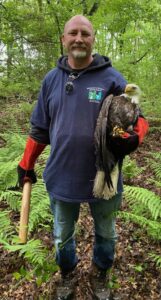
As eagle numbers rebounded, so did the demands to monitor nests. Through CWF’s leadership in partnership with the NJDEP Fish and Wildlife Endangered and Nongame Species Program (ENSP), almost every nest in New Jersey is closely monitored by a dedicated volunteer who visits the nest throughout the entire season to help biologists keep track of their attempt at nesting. They observe nesting behavior to determine egg-laying, hatching, and fledging dates.
Today, CWF and ENSP biologists work together to manage and reduce disturbance in eagle habitats, especially around nest sites. Eagles are very sensitive to human disturbance and will abandon their nest sites if people encroach on the area during the nesting season, which begins in January and lasts until July. Education and established viewing areas are important in minimizing disturbance, as are the efforts of project volunteers, who are crucial to their successful nesting attempts each year.
In addition to protecting nest sites, biologists also work to protect suitable habitat in a variety of ways, including working with landowners, land acquisition experts, and through the state’s land use regulations.
We also work very closely with power generation and service providers to reduce strikes and electrocutions of bald eagles. To help reduce these interactions with power lines we encourage the public, through outreach and education initiatives, to report birds who they believe were electrocuted or impacted a wire. We then compile that information and report it to utility companies so that they can make alterations to their equipment to reduce the chances of injury or mortality to bald eagles and other large birds.
Project Partners and Sponsors
The NJ Bald Eagle Project would not be possible without these dedicated volunteers or our corporate partners. CWF and ENSP biologists also work closely with corporate partners like PSE&G, Wakefern/ShopRite Stores, WellsFargo, and the Cape May County Zoo (AAZK) to provide crucial financial and outreach resources to help keep bald eagles soaring above New Jersey.
